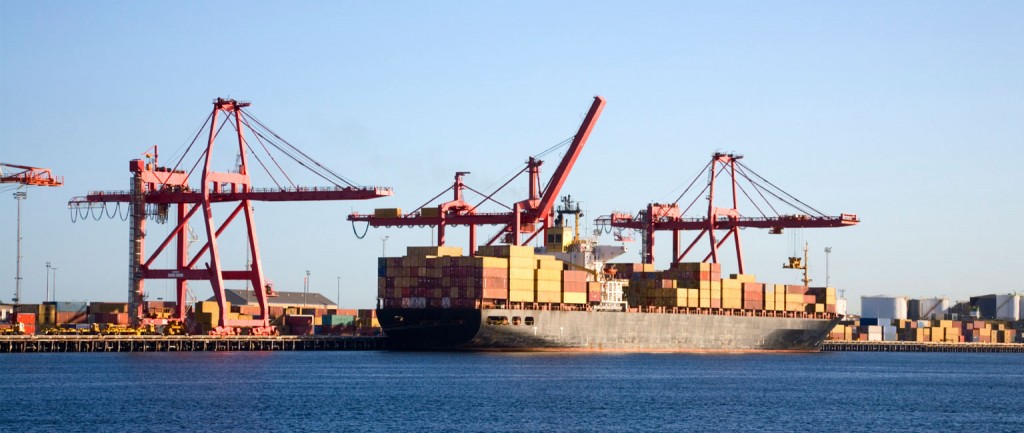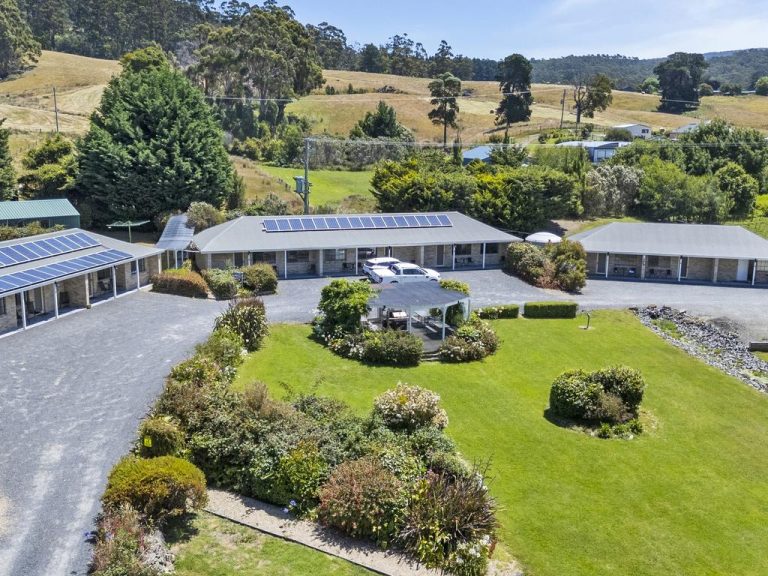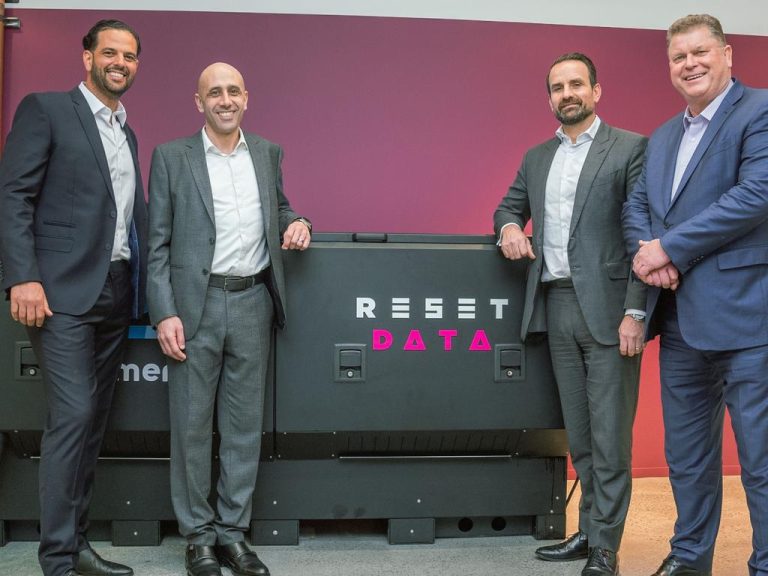On the waterfront: the changing face of Australian ports

Privatisation and automation are reshaping Australia’s container port market.
Once the home of a cosy duopoly, Australia’s ports are set for a fight for market share for the first time in decades, with real ramifications for the freight industry and investors in transport properties.
Container volumes have been growing around 6% a year, but it’s been a bumpy ride since the Global Financial Crisis, with trade falling 7% in 2009, bouncing back strongly in 2010 and 2011, and then stalling in 2012.
Australian container port volumes

Source: Drewry Maritime Research
These numbers mask a divergence in performance, with Sydney lifting its market share to 30%, thanks to a 5.2% lift in volumes in the six months to February 2013, and Brisbane growing at 4.5% over the same period.
On the other hand, the country’s largest container port, Melbourne, had its volumes slip 2.7% in the first quarter of this year.
I spoke to IBIS World Senior Industry Analyst Caroline Finch to find out what was behind this divergence.
“Volumes are influenced by regional economics and the manufacturing decline affects ports like Melbourne and Geelong,” she told me. “But consumer goods like TVs are imported by sea and can be routed to the best performing port with the containers bound for other states put onto the road.”
Share of Australian container throughput in 2012 by port

Source: Drewry Maritime Research
Most ports are operating at near capacity, a classic bottleneck, so those which handle freight most efficiently are the most likely to attract business.
That drive for efficiency is being stoked by the entry of Hong Kong-based Hutchison Ports, threatening the cosy duopoly enjoyed by Patrick Ports and DP World.
Hutchison is employing an automated stacking process, and predicts it will double capacity at its Brisbane carrier terminal and increase Sydney’s throughput by 50%.
Brisbane, Port Botany and Port Kembla were all recently privatised, raising $5.5 billion for the Queensland and New South Wales governments. That’s proving a mighty temptation for budget-conscious Victoria and Western Australia, as both Melbourne and Fremantle ports are state owned.
Finch tells me: “Port privatisations are good infrastructure assets with a long life cycle and steady cash flows, so the question becomes whether they customers have to pay more for the service than it costs to provide.”
Private players have been wary of ports due to the sector’s history of industrial disputes and hefty capital needs, but the move to automation may just change that perception.
It is certainly no coincidence that the automation drive is picking up two years before the Maritime Union of Australia’s enterprise agreement expires.
Right now the industry is closely watching Hutchison’s bid for the $1.6 billion capacity expansion at the Port of Melbourne. But an even bigger target looms with the proposed Hastings development 80km south of Melbourne, a greenfield site with the right harbour characteristics that should make the jump to near complete automation.
Finch tells me that “it’s not a done deal yet, but Hastings is progressing normally through the preliminary stages of the Freight Planning Framework and Metropolitan Planning and is currently on track for 2020”.







